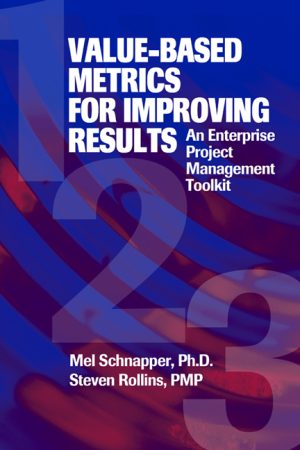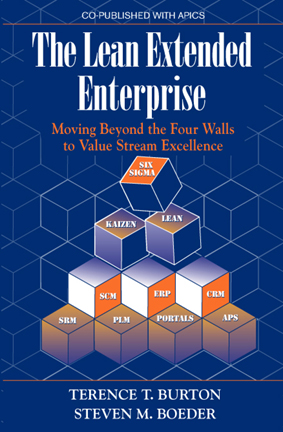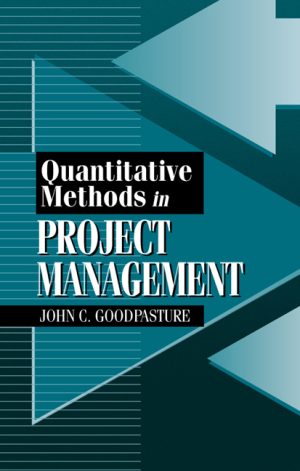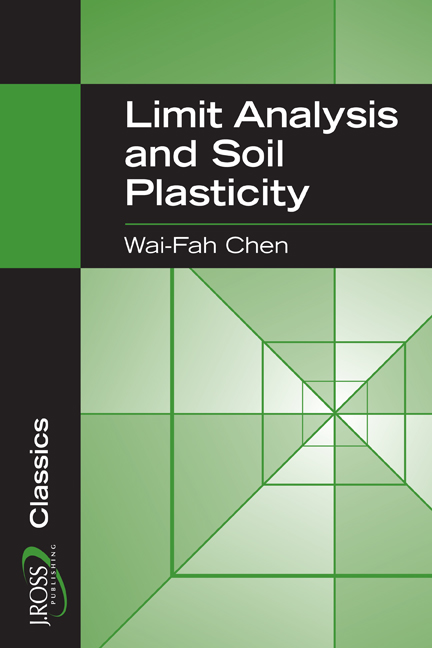Limit Analysis and Soil Plasticity
$54.95
By Wai-Fah Chen
Softcover, 6×9, 638 pages
ISBN: 978-1-932159-73-8
November 2007
Description
Devoted to the theory and applications of limit analysis as applied to soil mechanics, this text also contains information on soil plasticity and rock-like material such as concrete. The first part of the book describes the techniques of limit analysis in detail and are illustrated by many examples. The second part deals with the applications of limit analysis to “classical soil mechanics problems” and in the third part the author presents advances on bearing capacity problems of concrete blocks or rock. The fourth part discusses the modern development of the theory of soil plasticity.
An unabridged J. Ross Publishing republication of the edition published by Elsevier Scientific Publishing Co., Amsterdam, 1975, 638pp.
About J. Ross Publishing Classics
J. Ross Publishing Classics are world-renowned texts and monographs written by preeminent scholars. These books have been widely read, discussed, and cited in the literature since their inaugural publications but unavailable for some time to students, researchers, professionals, and libraries. J. Ross Publishing is proudly making these valuable references and texts available once again.
ISBN 10: 1-932159-73-8
Key Features
- Two elastic-plastic soil models and one elastic-plastic-fracture model for concrete are presented
- Numerical results obtained by the finite element method along with limit analysis solutions are presented
- The layout of the book is such that the voluminous quantity of material it contains is nevertheless concise, ordered and logical
- A step-by-step presentation of the principles of limit analysis and the general techniques that can be used in deriving statically admissible stress fields and kinematically admissible velocity fields
About the author(s)
Dr. Wai-Fah Chen was Professor and Dean of the College of Engineering at the University of Hawaii from 1999 to 2006. From 1976 to 1999, he was Head of the Department of Structural Engineering at Purdue University and George E. Goodwin Distinguished Professor of Civil Engineering; prior to that he taught at Lehigh University. The author of more than 300 peer-reviewed publications and author or co-author of 20 books, his primary areas of research are constitutive modeling of engineering materials, soil and concrete plasticity, structural connections, and structural stability. He received his Ph.D. from Brown University. He is a member of the U.S. National Academy of Engineering and an Honorary member of the American Society of Civil Engineers.
Table of Content
Foreword
Preface
Chapter 1 — Introduction
Chapter 2 — The Assumptions and Theorems Used in Limit Analysis
Chapter 3 — Limit Analysis by the Upper-Bound Method
Chapter 4 — Limit Analysis by the Lower-Bound Method
Chapter 5 — Progressive Failure of Footings
Chapter 6 — Bearing Capacity of Strip Footings
Chapter 7 — Bearing Capacity of Square, Rectangular and Circular Footings
Chapter 8 — Active and Passive Earth Pressures
Chapter 9 — Stability of Slopes
Chapter 10 — Bearing Capacity of Concrete Blocks or Rock
Chapter 11 — Double-Punch Test for Tensile Strength of Concrete, Rock and Soils
Chapter 12 — Soil Plasticity—Theory and Application
References
Author Index
Subject Index
Reviews
“This book is a landmark in soil mechanics.” M. Cleary, Civil Engineering
“The exceeding well-written treatise can serve not only as a valuable reference work on the use of limit analysis in soil mechanics, but also as an excellent text on limit analysis in general…” W. Prager, Applied Mechanic
Related products
-

Value-Based Metrics for Improving Results
Retail Price: $54.95$49.95 Add to cart -

Essential Project Investment Governance and Reporting
Retail Price: $59.95$49.95 Add to cart -

The Lean Extended Enterprise
Retail Price: $59.95$49.95 Add to cart -

The Networked Supply Chain
Retail Price: $54.95$44.95 Add to cart -

Quantitative Methods in Project Management
Retail Price: $64.95$59.95 Add to cart

